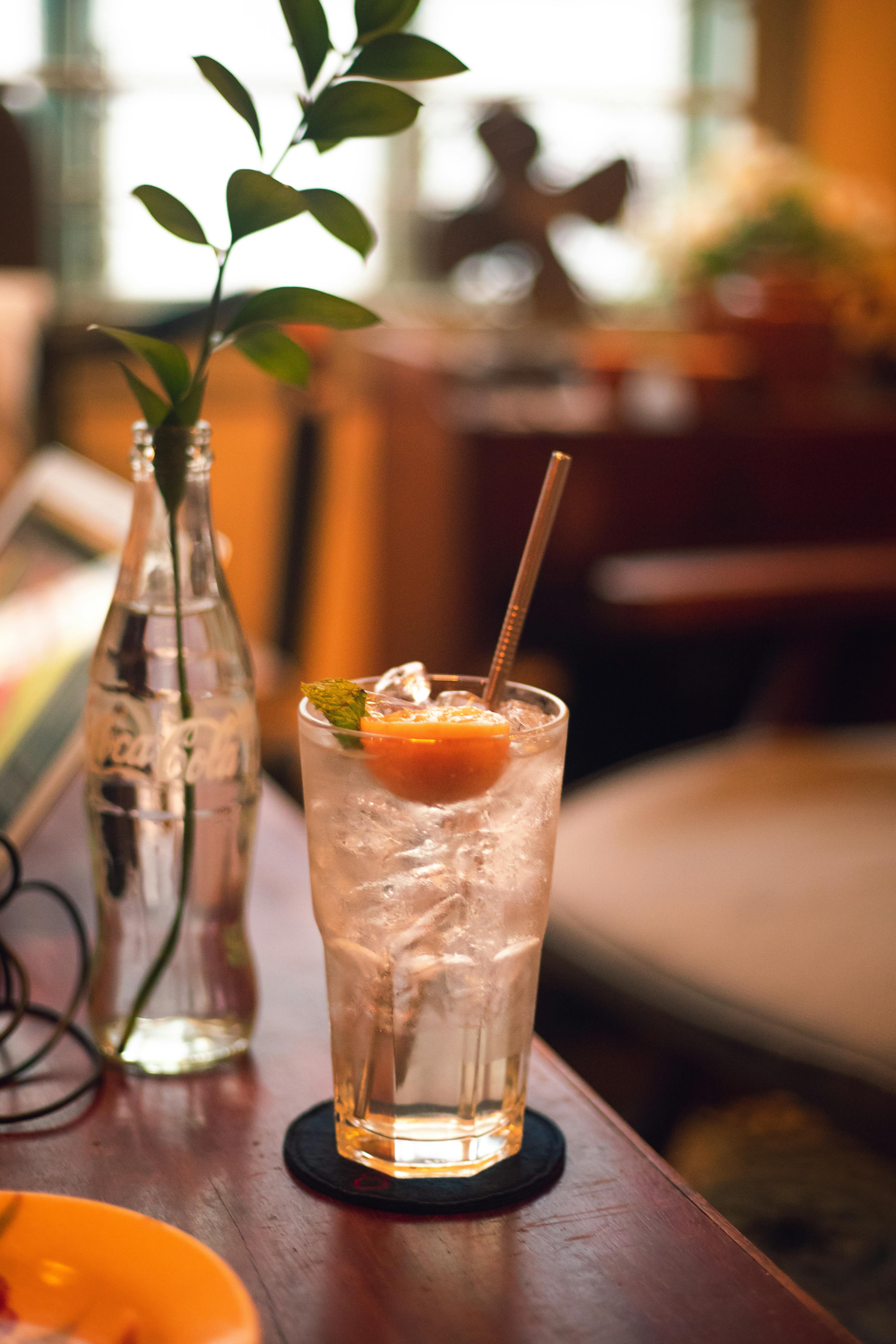Some people think that recycling is something that was discovered simply like that, but they are not aware of its importance for us. There are several steps to recycling.
Recycling process: First step – gathering and processing
Recycling can be collected in a variety of ways, including curbside pickup, drop-off locations, and deposit or reimbursement schemes. Typical recyclables are transported to a recovery plant after collection in order to be sorted, cleaned, and converted into resources that can be used in manufacturing. Similar to raw resources, recyclables are bought and sold, and their prices fluctuate based on supply and demand both domestically and internationally.
Step 2: Production
Today’s items are being made from recycled materials in increasing numbers. The following common household products contain recycled materials: paper towels and newspapers, glass, plastic, and aluminum soft drink cans, metal cans, bottles; washing detergent, etc. Additionally, recycled materials are applied in novel ways, such as when recovered glass is mixed with asphalt to pave roads or when recovered plastic is used to make carpets and park benches.
The third step is to buy new items made of recycled materials
By purchasing new products manufactured from recycled materials, you contribute to the recycling loop’s closure. There are countless items on the market with recycled material. When you shop, keep the following in mind: items that are readily recyclable. Products made from recycled materials are really helpful and important nowadays. The product was made from waste that was either recovered during routine manufacturing or recycled materials that were gathered through a recycling program.
The percentage of recycled components in the product will occasionally be stated on the label. Post-consumer content is very similar to recycled content, however, it exclusively consists of recyclables that have been gathered through recycling programs from individuals or businesses. Recyclable items are those that, after being used, can be gathered, processed, and turned into new products. These goods may not always be made from recycled materials. Always verify with your local recycling program before you buy since not all recyclables may be collected in your area.
The First Three Rules
Being aware of these guidelines and following them will make recycling more effective for you. Additionally, it will ensure that everything that ends up in your trash can has a second chance at life.
Services for recycling and sustainability
See how WM can assist you in recycling properly and making a positive impact on the environment.
Environmental services
Develop a thorough sustainability program for your business in collaboration with WM specialists, from strategy through implementation and optimization.
E-waste recycling
WM can recycle electronic waste in a way that is safe for your company and the environment, including phones, fax machines, minor accessories, and large appliances.
Waste and recycling pickup for homes
Choose the finest for your house and the environment. Curbside rubbish pickup from WM is unrivaled in terms of accountability and dependability.
Waste and recycling pickup for businesses
Take care of your business, and we’ll handle the trash. The best company for routine waste pickup for small and medium-sized enterprises is WM.
Accounts national
The National Accounts team at WM can offer multi-regional organizations a scalable garbage and recycling program that lowers costs, boosts productivity, and promotes sustainability.

Recycling
We can find the process of the recycling as an item that contains 3 subitems: “Reduce, Reuse, and Recycle”, waste hierarchy includes recycling as the third step, which is a crucial part of contemporary trash reduction. By eliminating raw material intake and rerouting waste output in the economic system, it fosters environmental sustainability. Numerous varieties of glass, paper, cardboard, metal, plastic, tires, textiles, batteries, and electronics are among the recyclable materials. Recycling also includes the composting and other uses of biodegradable waste, including food and garden waste.
Recycling materials are either brought to a home recycling facility or collected from curbside bins, where they are sorted, cleaned, and reprocessed into new materials for producing new goods. In an ideal world, recycling would result in the creation of a new supply of the recycled material; for instance, recycled polystyrene foam would be transformed into new polystyrene. Metal cans, for example, can be frequently remanufactured without losing their purity. Since manufacturing the same product from raw materials or other sources is either difficult or prohibitively expensive when using other materials, many items and materials are “recycled” instead.
History
For the majority of human history, recycling has been a regular practice, with supporters dating back to Plato in the fourth century BC. Less household garbage (such as ash, broken tools, and pottery) has been found in archaeological studies of historical waste dumps during times of resource scarcity, suggesting that more waste was recycled in favor of new material. Although, there is proof that scrap bronze and other metals were gathered throughout Europe during pre-industrial periods and melted down for continual reuse. When Japanese stores started selling recycled paper in 1031, the practice was first documented.
Cheap materials become more in demand as a result of industrialization. Along with rags, ferrous scrap metals were much sought after because they were less expensive to obtain than virgin ore. In the 19th century, railroads bought and sold scrap metal, and in the early 20th century, the expanding steel and automobile industries bought scrap. Peddlers who combed city streets and dumps for scrap metal from pots, pans, and other sources gathered, processed, and marketed a variety of secondary items. By the start of World War I, there were tens of thousands of these peddlers operating throughout the streets of American cities, exploiting market forces to recycle post-consumer goods for use in industrial manufacturing. Around 1800, beverage bottle manufacturers in Great Britain and Ireland, particularly Schweppes, started to offer refundable recycling deposits.
Wartime
When the iron in these public property fences was sawed off, it was recycled. Second World WarNew chemical businesses emerged in the late 19th century, promising to both generate new materials (like Bakelite in 1907) and turn worthless materials into valuable ones.
Plastic bottles
Plastic bags, bottles and laundry detergent bottles should be thrown away into appropriate recycling bin. Household waste and food scraps should be stored in the other bin. And the recycling basics should be kept by everybody. Recycling facilities should be well-organized. Recycling container should be designed so to prevent odor spread and to be convenient for usage.
